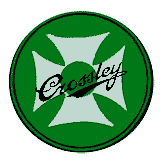The car was called the Crossley 12/14 at launch in 1922 re-using the pre-war car name. On the home market the "12" part of the name was dropped in mid 1923 and the name had changed to the 14. For export the 12/14 name seems to have continued until 1925 when it became known more logically as the 15/30 indicating its RAC horsepower rating of 15.6 and its actual engine power of 30 bhp.
Approximately 5500 were made making it Crossley's biggest selling civilian model.
Known chassis numbers range from 25086 to 29991 and 70009 to 70506.
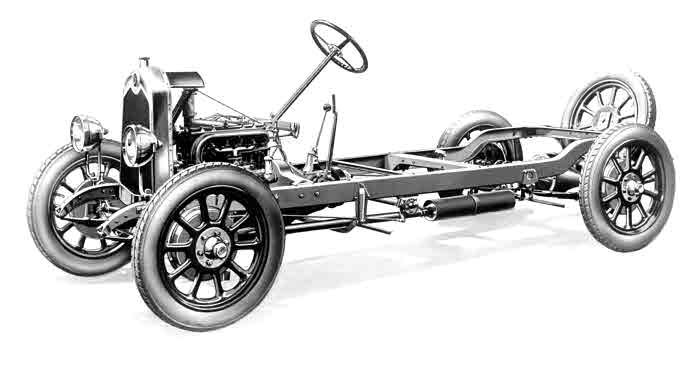
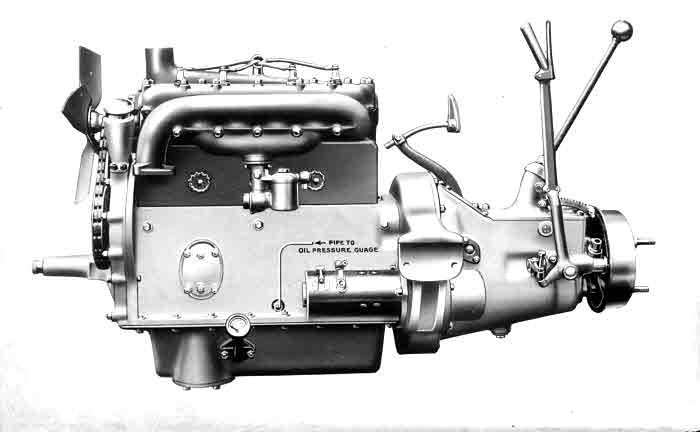
BODY STYLES
4/5-seat tourer
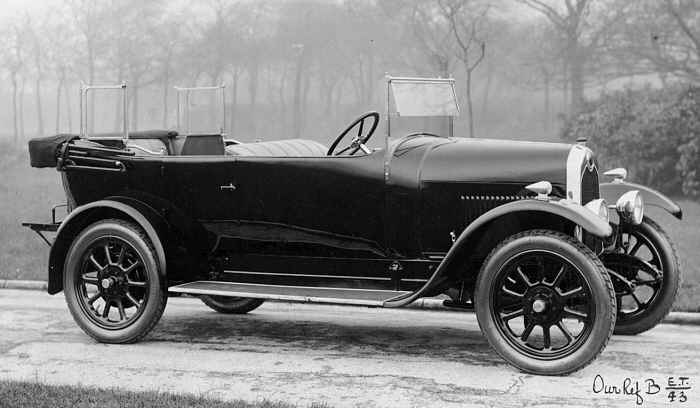
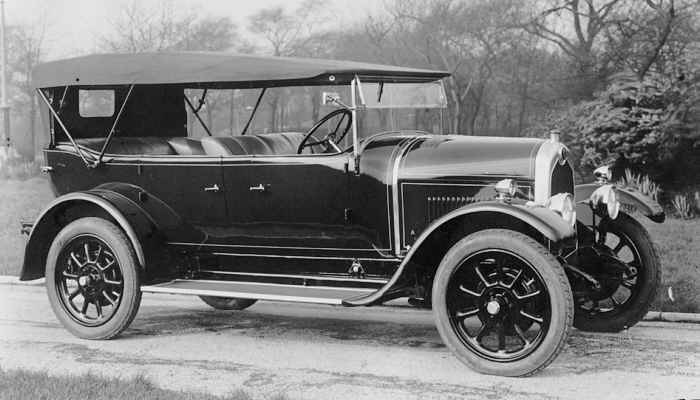
The upper illustration shows a two-wheel brake model with no driver's
door. There would be two doors on the other side. The lights are CAV
type.
The rear windscreen, here with the centre section folded down, was
supplied with the de-luxe model. The standard model was dropped in 1925.
The lower picture is a four wheel brake type with Rotax lights.
£475 (1922)
£400 Standard version (1923)
£420 De Luxe version (1923)
£395 (1925)
£399 (1926)
2-seat tourer
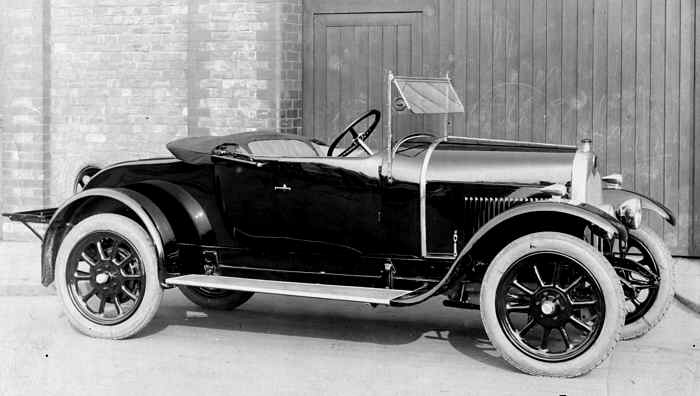
Although the car resembles the drophead coupé, the 2-seat tourer had a more basic specification with fabric side screens and was really a 2-seat version of the four-door tourer and was priced the same.
£475 (1922)
£400 Standard version (1923)
£420 De Luxe version (1923)
£395 (1925)
£399 (1926)
2-seat coupé
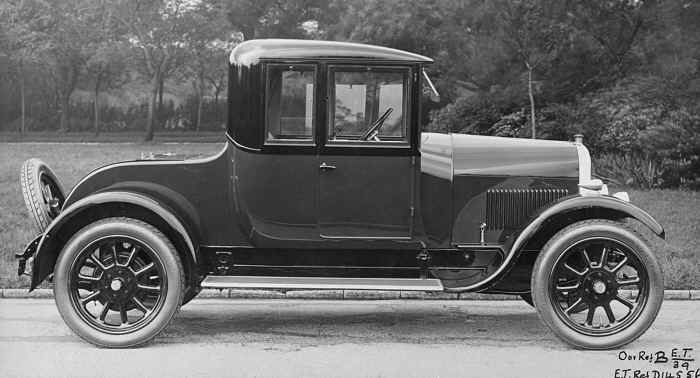

The 2-seat coupé was in theory available in both fixed-head and
drop-head versions. The fixed-head does not seem to appear in any of the
sales literature so might have been a one-off.
Specification included a folding dickey seat.
£450 (1924)
£540 (1925)
4-door saloon
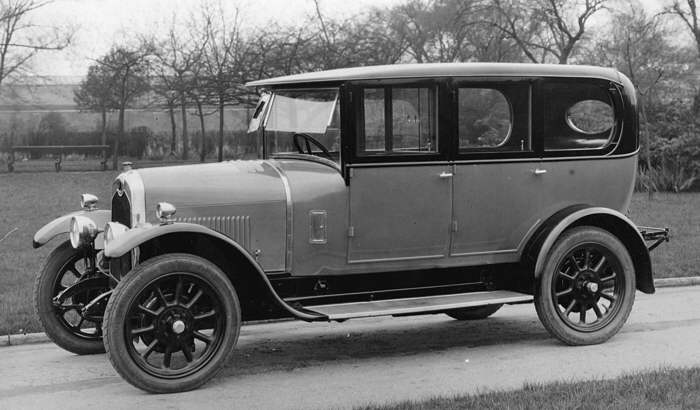
The design changed over the years with both flat and V-fronted windscreen variants and many different rear window styles.
Specification included: -
lady's and gentleman's companions
pair of flower vases
skin rug
silk blind to rear window
ash tray with pipe rack
£495 (1923)
£560 (1924)
£495 (1925)
£560 (V-screen) (1925)
£595 (1926)
Fabric Saloon

A Fabric bodied version of the saloon sometimes referred to as the
Coach was also catalogued.
Corded cloth or leather upholstery could be chosen.
£465 (1925)
£455 (1926)
Landaulette

The Landaulette seems to have been aimed at the taxi business.
(This photograph is from the sales brochure for the 14hp range but for
some reason does not show any lights fitted to the car)
Specification included -
Two folding auxiliary seats in the rear
Leather driver's seat
Interior upholstered in leather or Bedford cord.
"Falling head" covered with enamelled leather
£520 (1923), £580 (1924), £580 (1925)
Saloon-Limousine
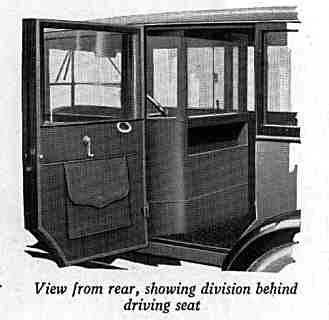
The Saloon-Limousine was externally the same as the saloon but with a sliding glass division.
£520 (1923), £590 (1925)
The above are all Crossley factory bodies. Standard colours were maroon, grey or blue. Upholstery was in leather for the tourer and in leather or Bedford Cord for the closed cars.
Many cars were supplied in chassis form to independent coach builders especially on the export market.
The prices quoted are for the home market and come from contemporary advertisements and price lists. The variation in prices can be caused by differing specifications. Up to 1925 four wheel brakes were an extra £15.
SPECIFICATION
Cast iron cylinder block with removable cast iron cylinder head. Aluminium crankcase. Fabricated sheet steel sump.
Later cars plunger pump with pressure feed to all bearings
At least 3 different ratios were supplied at various times
1:1, 2.197:1, 3.925:1 and 5.235:1 (reverse)
1:1, 1.75:1, 3.125:1 and 5.235:1 (reverse)
1:1, 1.818:1, 3.250:1 and 4.333:1 (reverse)
The gearbox was mounted in unit with the engine. .
ratios 4.0:1, 4.3:1 and 5.0:1 available
late - 4 feet 8 inches (1422 mm)
Gabriel Snubbers fitted from 1925
Gabriel Snubbers optional from 1924 (standard from 1925)
rear - rod operated.
Shoes 13 x 2 inches (330 x 50 mm)
handbrake - transmission drum behind the gearbox.
765mm x 105mm
or 21" x 4.75"
815mm x 105mm (export models)
The change in specification to the wider track came in 1925 at about chassis number 29100. The car with chassis number 29103 has wide track axles. There was no change to the chassis for the increased track, the extra 2 inches being added to the axles.
The change to full pressure lubrication was in 1924 but is harder to pin point to an engine number and may have been done on export engines first. The late 1924 sales brochure (UK) refers to pressure fed bearings but an export leaflet dated 1/24 still refers to dip lubrication. By 11/24 the reference had changed to full pressure. Engine number 25473 which went to Australia is of the dip type. There were other, later, changes to the engine including the move of the oil filler from side to front and screw, as opposed to shim, tappet adjusters.
